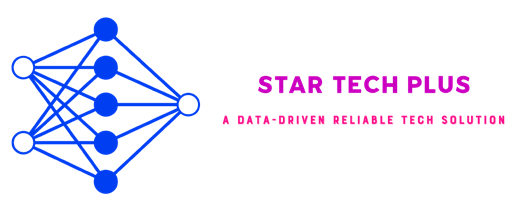Data science is the study of data more about the research background acknowledged by educational background and formal training. A data scientist is someone who solves the organisation’s problem by using several techniques, especially the techniques of statistics. In practical work, a data scientist has to do many pieces of data analyst’s and data engineer’s jobs. Those who are more passionate about working with data as recognise, “data scientists is the sexiest job in this computerise era”.
We can provide a beautification to the most straightforward way of understanding Data Science and for which I designed a Venn diagram as follows:

Again, Data engineering defines the designing, maintaining, developing, and managing of data systems – a system consists of all communications, networks, and technologies used within an organisation to organise the data. Data engineering includes working on real-time streaming analytics and handling semi-structured, unstructured, and streaming data that come across duplicate or incomplete records. A data engineer is someone who is more about responsible for cleaning and setting up more complex data. Data engineers ensure the storage of data, data pipeline and data structures are optimised and the most cost-efficient for the corporation. The data engineer has to work with the software engineer and product architect. A data engineer is more focused on the programme but a little less focused on Business Intelligence (BI) reporting. In reality, the Data Engineer title is less known to ordinary people, but they do a lot of practical work.
On the other hand, Data Analytics is called the science of data. Data analytics performs the computational analysis of raw data to find trends and make conclusions from the collection of facts. In data analytics, the process finds the patterns to present the business to know more about customer behaviour and how their employees engage with a particular tool to sort out the specific business problem within the organisation. So, data analytics is a form of Business Intelligence (BI). This data analytics can be Descriptive, Diagnostic, Cognitive, Predictive, and Prescriptive. Data analytics and its tools and technologies are widely used in high-profile business industries to ensure the organisation makes more-informed reliable business decisions. Various data analytic techniques “provide a way of drawing inductive inferences from data and distinguishing the signal (the phenomenon of interest) from the noise (statistical fluctuations) present in the data” (Shamoo, Resnik, 2003). Researchers and scientists also use analytics tools to confirm or disprove scientific theories, models and testing hypotheses.


